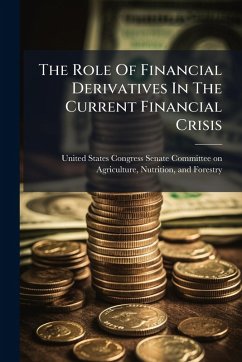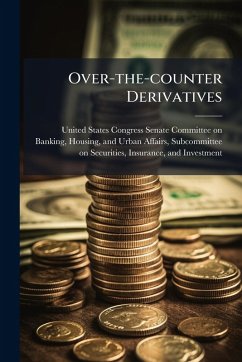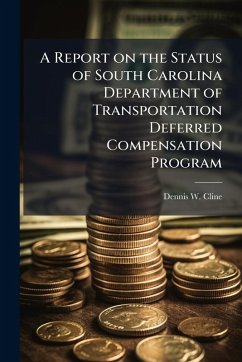
Jet Fuel Hedging Strategies for the Department of Defense Through Use of Financial Derivatives

PAYBACK Punkte
8 °P sammeln!
The primary purpose of this research is to assess the practicality of utilizing some of the financial derivative products available on the market today in an effort to mitigate monetary losses due to the increasing price of jet fuel, thereby increasing stability in the DOD budget. The scope of this research will focus on the use of futures and call option contracts. Domestic jet fuel expenditure data was collected for Fiscal Years 1996 to 2007 and cross-referenced with the contract process of the previously mentioned financial hedging instruments during the same period of time. Results from th...
The primary purpose of this research is to assess the practicality of utilizing some of the financial derivative products available on the market today in an effort to mitigate monetary losses due to the increasing price of jet fuel, thereby increasing stability in the DOD budget. The scope of this research will focus on the use of futures and call option contracts. Domestic jet fuel expenditure data was collected for Fiscal Years 1996 to 2007 and cross-referenced with the contract process of the previously mentioned financial hedging instruments during the same period of time. Results from the ex post facto analysis indicate that hedging with either heating oil futures or heating oil call options would have provided a tremendous overall savings to the DOD. Currently the DOD does not hedge its budget against fluctuation in the jet fuel spot market. The implication from this study is that the DOD should consider hedging its jet fuel exposure with either derivative, in particular call options as it is tailored for risk adverse customers. This work has been selected by scholars as being culturally important, and is part of the knowledge base of civilization as we know it. This work was reproduced from the original artifact, and remains as true to the original work as possible. Therefore, you will see the original copyright references, library stamps (as most of these works have been housed in our most important libraries around the world), and other notations in the work. This work is in the public domain in the United States of America, and possibly other nations. Within the United States, you may freely copy and distribute this work, as no entity (individual or corporate) has a copyright on the body of the work. As a reproduction of a historical artifact, this work may contain missing or blurred pages, poor pictures, errant marks, etc. Scholars believe, and we concur, that this work is important enough to be preserved, reproduced, and made generally available to the public. We appreciate your support of the preservation process, and thank you for being an important part of keeping this knowledge alive and relevant.












